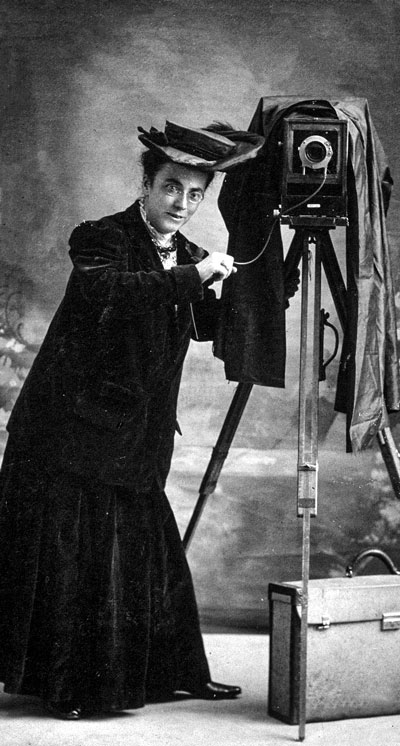
The history of photography is impressive, and I couldn’t help but mention it in my blog. I like history, and I like photography, so it goes without saying that I adore the history of photography. Can you imagine that the basic concept of photography already existed in the fifth century BC? That is so fascinating, isn’t it? There is a lot more to that. So don’t hesitate to read this article till the end. I bet you will get so much fun and interesting info!
Beginning
Even though photography had begun its history in BCE, the first cameras were invented only in the eleventh century by an Iraqi scientist. They were called the camera obscura. A fun fact is that they didn’t take pictures but only projected images onto a surface. On top of that, they were also upside down. However, it didn’t affect the quality of an image, and viewers could see the objects depicted, for example, houses or animals.
The photos were projected through a hole in the tent from outside into a darkened area. And only six centuries later, the camera was small enough to transport. The traditional lenses for light focusing appeared somewhere at this time.
Rapid Progress in the 19th Century
The art of photography started to develop drastically in the nineteenth century. Firstly, Joseph Nicéphore Niépce came up with a new way of using a camera obscura in 1830. The Frenchman used it to expose a pewter plate coated with bitumen to light. It allowed him to create an image that didn’t fade for a while. It was a revolutionary invention back then! Naturally, other scientists got inspired by Niépce’s success and started to experiment with cameras too. That led to a series of other important inventions, including daguerreotypes, emulsion plates, and dry plates.

A daguerreotype is considered to be a forerunner of a modern film. The working principle is straightforward: a copper plate was coated with silver and exposed iodine vapor and after to the light for approximately 15 minutes. They quickly became popular and were widely used till the late 1850s, when emulsion plates came to the forefront.
The reason why an emulsion plate replaced a daguerreotype is that it was cheaper and faster to produce. They were made with the help of the Collodion process and were exposed to the light for only two or three seconds. They were commonly used for portraying photographs, especially after the Civil War.
There were two types of emulsion plates. The first one was called an ambrotype, and it used a glass plate, while another one was called a tintype and used a tinplate. As such plates were more sensitive to light, they had to be developed faster. Of course, photographers needed a lot of other chemicals to have at hand and a dark place where they could create images.
Dry plates were invented around the 1870s and used a dry gelatine plate. A huge advancement of this invention was the fact that dry plates could be stored. It gave photographers way more freedom, and shortly after that, a mechanical shutter was invented.
Affordable Cameras
Cameras initially were too expensive for an average person to buy, but everything changed when George Eastman launched his company in the 1880s. Kodak issued cameras that contained 100 film exposures. So first of all, people had to take pictures and then send them together with the camera back to the factory to be developed and printed.
War Years
During wartime, 35 mm cameras got the most attention. Soldiers started to use these cameras to take pictures of everyday life, and traditional portraits became less commonly taken since then. This shift in the preferences had a significant impact on the whole history of photography development. I bet there is no photographer who hasn’t seen an iconic image called ‘Raising the Flag on Iwo Jima’ by Joel Rosenthal.
Instant Images
Approximately at the same time when 35 mm cameras were created, Polaroid built its famous Model 95. These wonderful machines were created according to a secret chemical process that could make pictures in less than a minute. You can guess how expensive they were at the time, but they nevertheless managed to attract public attention. So by the end of the 1960s, the company issued several types of cameras for different budgets. The success of Polaroid lived until 2008, when the company stopped making these revolutionary instant film cameras.
Digitalization
The first modern cameras that could store images electronically were developed in the late 1980s and during the 1990s. For example, Kodak introduced the first digital camera in 1991. It was a point-and-shoot-camera that used digital media. Nikon, Canon, and other companies followed Kodak’s lead and a bit later started selling DSLR cameras. Nowadays, digital cameras continue to be improved more and more, so we could enjoy the highest quality of the image and the widest list of tools in order to capture stunning shots.





